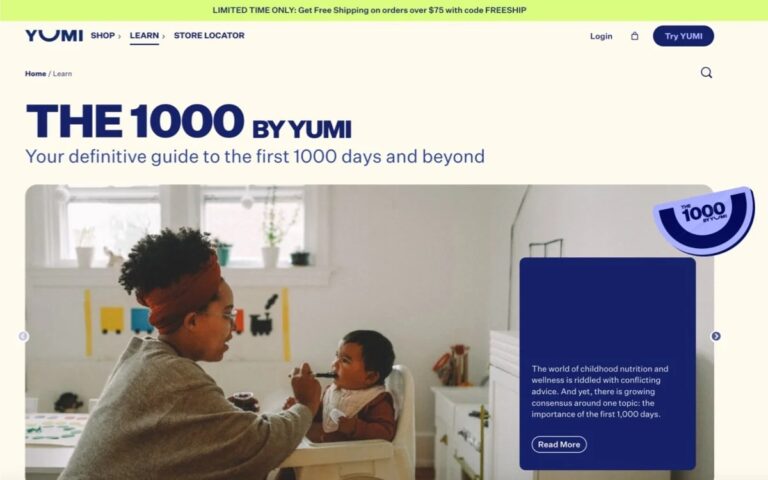In what seems like no time at all, artificial intelligence has become a mainstream business tool. One of its most promising uses is in advertising.
AI will likely improve advertising efficiency, boosting key metrics such as return on advertising spend and conversions while engaging shoppers better.
Here’s how.
Personalization
Table of Contents
In a recent Harvard Business Review article, academics from Babson College, the University of New Hampshire, and the University of South Carolina proposed a framework for how businesses should employ two forms of artificial intelligence for marketing.
The article distinguishes generative AI (ChatGPT, others) from analytical (data analysis), arguing that the latter helps predict shopper behavior and outcomes, while genAI is creative.
This tandem of AI tools will facilitate personalized ad messaging to individual shoppers or micro-segments at scale. It is the idea of precise ad targeting combined with personalization to drive conversions.

Romain Lerallut
“It’s no longer just about reaching a large audience; it’s about reaching the right audience with tailored, relevant messaging that delivers better outcomes,” wrote Romain Lerallut, head of Criteo AI Lab, in an email conversation with Practical Ecommerce.
Analytical AI will create target audiences and segments, while generative AI will deliver the just-right message, ultimately improving ad performance.
Targeted personalization is not easy, even for data scientists, but most advertisers will not have to manage it directly. Rather, advertising technology companies — think ad exchanges and ad services — will likely offer personalization as a service.
Budget Allocation
Allocating advertising budgets is instinct-driven and necessarily relies on human experience and data silos.
Most marketers can interpret relevant data and make correct budget decisions. Yet automated budget allocation in a fast-moving digital ad marketplace would be an improvement.
AI will improve budget management, which, in a sense, builds on the targeted personalization described above.
AI models will analyze performance, customer behavior, and real-time market signals to optimize budgets across channels and campaigns.
“Brands can target consumers more precisely and make every advertising dollar count,” wrote Criteo’s Lerallut.
Most advertising platforms will likely include predictive budget allocation tools that automatically shift ad spending toward the top-performing audience segments or channels. Advertisers will benefit from improved performance.
Shopper Journey
AI can group disjointed data sources to better understand how shoppers become customers.
In practice, a predictive AI budget allocation tool will not rely on last-click attribution. Instead, analytical AI and machine learning tools will power marketing mix models and multi-touch attribution models.
Per Lerallut, “As consumers engage with brands across more touchpoints than ever — online, in-store, on social media, through apps, and more — AI can help unify and interpret these interactions to create a cohesive view of the customer.”
Advertisers will likely require marketing mix models and multi-touch attribution tools. Google and Meta currently offer free solutions.
Frequency Optimization
With a clear map of the shopper’s journey, AI can improve how and where ads appear, optimizing placement, frequency, and timing.
This could also mean optimization beyond a single platform. AI could suggest frequency caps on Meta, Google, and other platforms to avoid reader fatigue.
Perception
Combined, AI’s capabilities will result in a better shopper experience. Personalization, budget allocation, customer journey, and ad timing will lead to a deeper understanding and trust with the advertiser’s business.
Ultimately, AI will help advertisers and shoppers.





